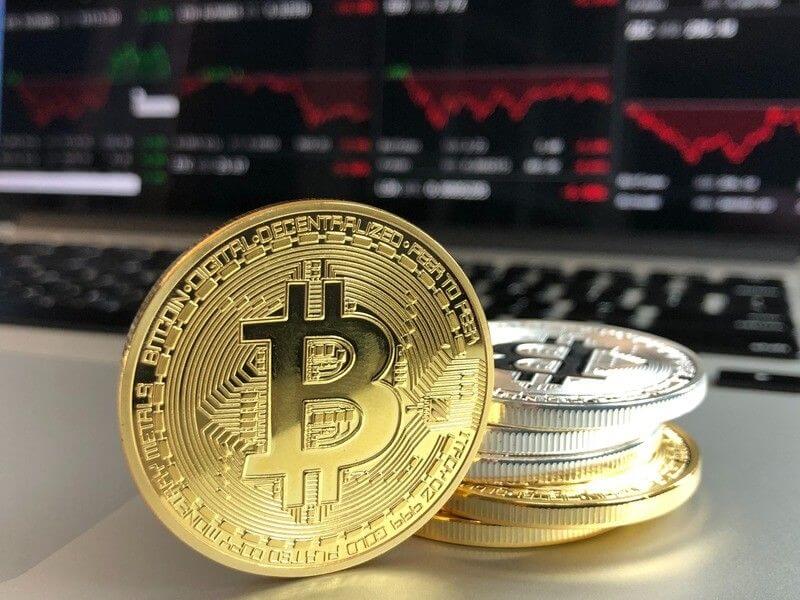

Bitcoin use looks set to be further normalised after it was reported that payment processing startup CoinGate is adding its merchants, of whom there are more than 4000, to the off-chain system the Lightning Network. Some of these merchants include gaming store Mmoga.com, Swiss watchmakers Chronoswiss and Louis Chevrolet, and adult websites Livejasmin and Manyvids. These companies’ adoption of the cryptocurrency will go a long way in ensuring that Bitcoin achieves further visibility among people who may only remotely understand what Bitcoin is and how it is revolutionising buying and selling in the 21st century.
The Lightning Network’s aims are to increase transaction speed and lower transaction cost, which will help broaden the appeal of Bitcoin significantly. Adding to the fact that Bitcoin can now be bought through Paypal, it looks likely that this will induce more people to hop on the cryptocurrency train.
The Lightning Network functions as a layer on top of the Bitcoin blockchain, which is how it increases transaction speed. The two parties involved in a payment deposit the funds at a Bitcoin address, which they can use for an unlimited number of times for currency exchange. Given the talk about how much computer power is necessary to mine and use Bitcoin, even with automatic Bitcoin mining, the aspect of the Lightning Network which increases transaction speed can only be a good sign for the currency’s future. Even though this may lead to an increased adoption of the cryptocurrency (as the developers of the Lightning Network would hope), the decrease in transaction time would still likely be sufficient to offset the increased usership.
Issues naturally remain with the security of buying Bitcoin without getting scammed, but with the increasing prevalence of Bitcoin as a viable form of tradable currency in more and more shops, people are less likely to be deterred.
One of the main questions about the outlook for Bitcoin in the wake of the CoinGate’s boost to the Lightning Network is what the implications are in terms of its cost. The network’s capacity was at merely three Bitcoin six months ago, but now can accommodate up to 100, which is roughly equivalent to $730,000, provided there isn’t another crash like the one seen earlier this year.
Much of the price of Bitcoin is determined by transaction fees picked up by miners, and with the Lightning Network’s function of decreasing transaction fees, there are concerns that it will have a negative effect on the price.

As more people have adopted Bitcoin, its prices have risen, as more people send, receive and mine it. However, as the Lightning Network is off-chain, it will present less of a reward for miners who depend on the transaction fees for income. This is one of the principal concerns that people who use Bitcoin have regarding its price – with most people thinking that the Lightning Network will negatively affect it.
However, Lightning transactions don’t involve miners at all, with the exception of opening and closing a Lightning Network channel, and if more people are opening and closing Lightning channels, then it could help fees remain more or less consistent. The appeal of instant Bitcoin purchases at places such as coffee shops is also an enticing factor.
Consensus seems to be that there will be a short- to medium-term drop in miner fees as microtransactions drop off the main chain, but larger transactions will remain on the blockchain. Also, as Bitcoin becomes an accepted form of tradable currency by more and more shops, its status as a normal form of currency that is secure to use will be increasingly recognised by more people, which will have a positive effect on its value.
Featured image source: Pixabay

